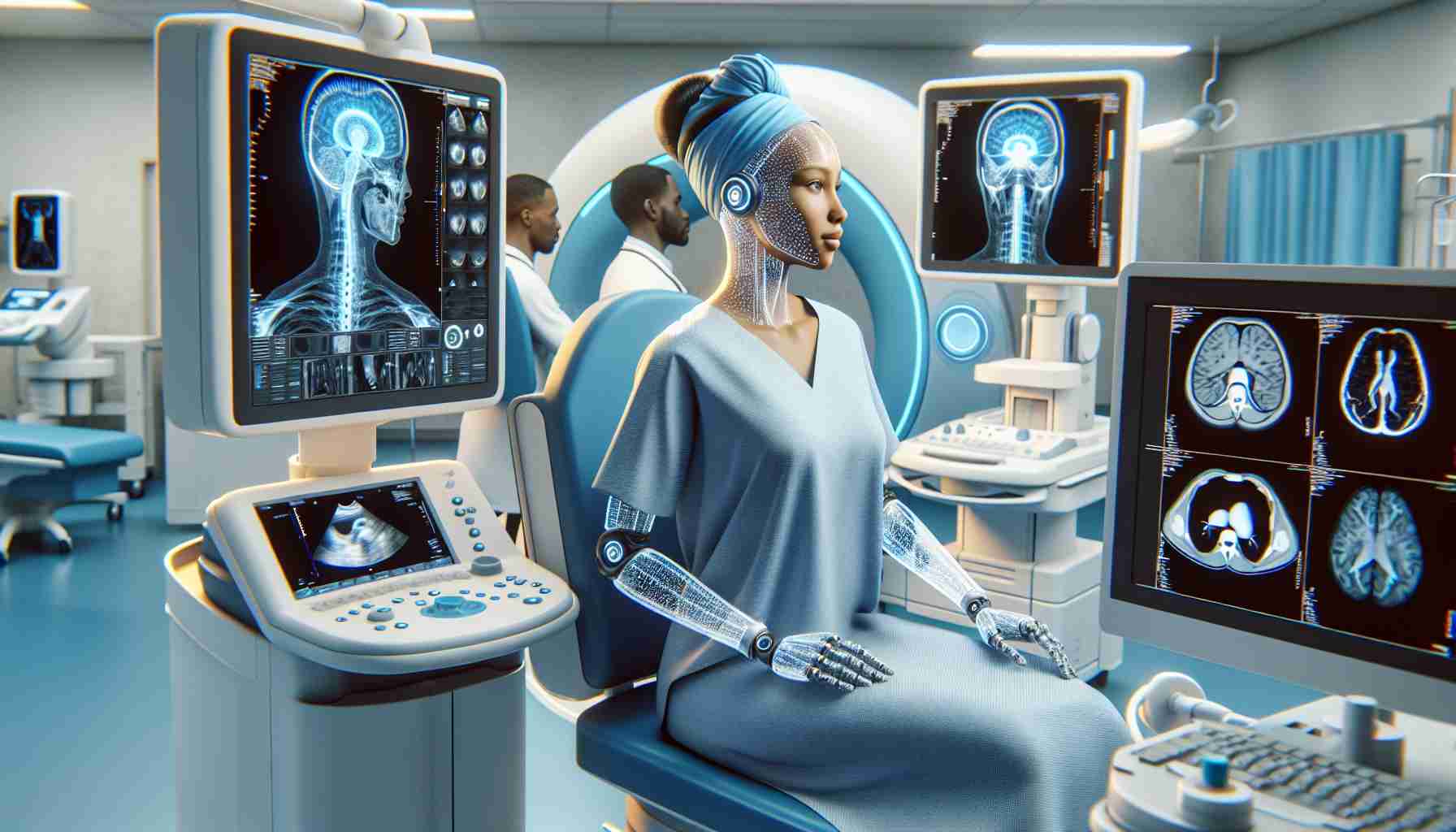At the forefront of the Radiological Society of North America’s annual gathering, Curtis P. Langlotz, MD, PhD, set an ambitious course for a transformed future in medical imaging, where artificial intelligence takes center stage. Presenting to a captivated audience at the RSNA’s 110th Scientific Assembly in Chicago, Langlotz, a renowned Stanford radiologist, shared insights into optimizing AI use in healthcare settings.
Langlotz emphasized that as technology has evolved, the role of imaging in medical care has expanded significantly, yet radiologists often find themselves working in isolation. He advocated for forging strong connections: linking healthcare professionals to elevate patient outcomes, integrating advanced technologies to streamline processes, and fostering interprofessional communication to spur innovation.
He illustrated his vision with Lane’s story—a patient whose experience with the healthcare system highlighted the gaps in image accessibility and integration. After a cycling accident, Lane underwent a CT scan, only to face numerous hurdles in retrieving her prior medical images, leading to unnecessary stress and interventions. In contrast, Langlotz proposed a future where AI technology provides seamless medical summaries, effective patient care through anticipatory measures like reducing renal injury risk, and enhanced diagnostic accuracy by minimizing false positives.
Revolutionary ideas such as electronic image exchange, patient-friendly data donation methods, and improved human-machine synergies were proposed as essential steps toward an AI-boosted healthcare world. These innovations promise not only to improve patient care but also enhance system efficiency, ensure equitable AI model development, and safeguard patient privacy.
By rethinking the regulatory environment, Langlotz encouraged a comprehensive update to support the dynamic changes AI brings to the field of radiology, ultimately envisioning a more connected and efficient healthcare model.
AI Revolution in Medical Imaging: A Double-Edged Sword for Future Healthcare
In the rapidly evolving landscape of healthcare, artificial intelligence (AI) stands as both a beacon of hope and a source of debate. While AI promises to revolutionize medical imaging, addressing inefficiencies and enhancing diagnostic accuracy, it also raises questions about data privacy, ethical implications, and its impact on the human workforce.
The Role of AI in Enhancing Healthcare
AI’s integration into medical imaging offers numerous advantages. From reducing human error in diagnostics to accelerating treatment processes, AI can enhance patient outcomes significantly. Imagine a world where physicians can predict potential health risks and take preventative measures, improving overall healthcare quality.
However, the application of AI is not without concerns. The reliance on algorithms has sparked discussions around the accountability and transparency of decision-making processes. For instance, how do we ensure AI systems make ethical choices? Will patients understand and trust AI-generated healthcare recommendations?
Controversies and Ethical Concerns
A significant controversy lies in the ethical considerations surrounding AI. With AI systems making healthcare decisions, who bears the responsibility when an error occurs? This challenge is further complicated by the “black box” nature of some AI algorithms, where understanding how a decision was made becomes difficult.
Another point of discussion is the potential bias ingrained in AI systems. Ensuring that AI models are equitable and serve diverse populations is crucial. Biased data can lead to incorrect diagnoses, disproportionately affecting certain demographic groups.
Advantages and Disadvantages
The benefits of AI in medical imaging are vast. For instance, AI can significantly reduce false positives, thereby lessening unnecessary interventions and associated anxiety. Streamlined processes, like electronic image exchange, can improve accessibility and reduce administrative hurdles for patients and healthcare providers alike.
Conversely, the disadvantages are equally formidable. The implementation of AI requires substantial investment in technology and training, which may not be feasible for all healthcare systems. Additionally, the move toward AI might inadvertently devalue the human aspect of patient care, affecting the doctor-patient relationship.
Questions Addressed
– How does AI impact patient data privacy? AI systems often rely on large datasets, posing risks to patient confidentiality. Robust measures and regulations are needed to safeguard data privacy.
– Can AI replace human radiologists? While AI can augment radiological capabilities, the human touch remains irreplaceable. Radiologists interpret data contextually, consider patient histories, and make nuanced decisions that AI currently cannot fully replicate.
The Path Forward
To maximize AI’s potential, a balance between technological advancement and ethical considerations is imperative. Developing transparent, accountable algorithms, ensuring unbiased data, and maintaining a focus on patient-centered care will be crucial steps.
For further insights into how AI is shaping various fields, explore IBM and Stanford University.
As the debate continues, the challenge lies in leveraging AI’s strengths while mitigating its drawbacks, ultimately creating a healthcare system that is both efficient and compassionate.
